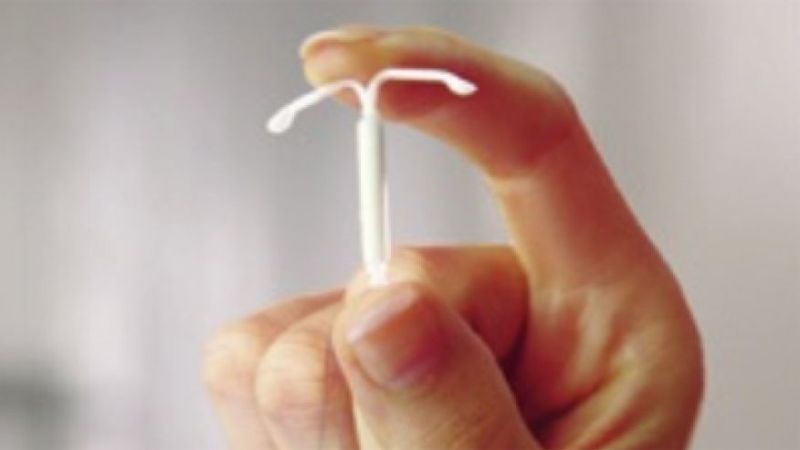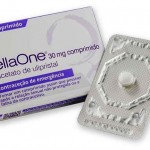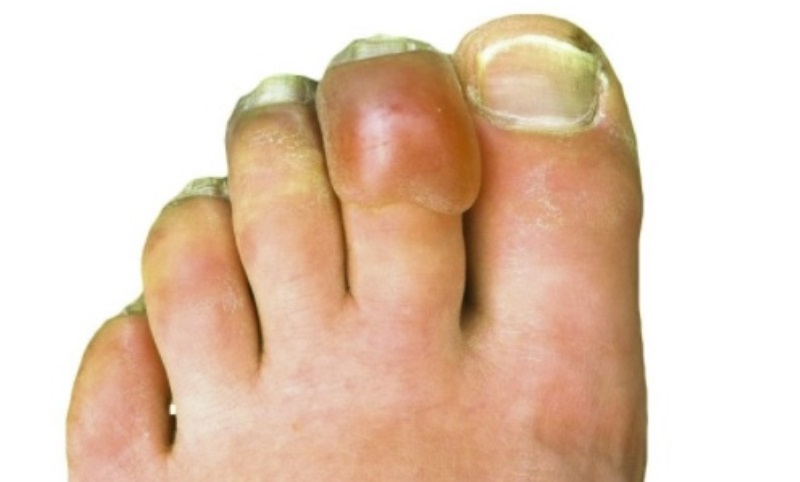While inserting an IUD can be a pretty rough experience, the benefits of getting an IUD greatly outweigh the drawbacks and most women, who have got an IUD testify to the same. Women’s health nurse practitioner Linda Dominquez acknowledges the widespread use of IUDs and explains the stats with a few helpful tips about getting this contraceptive device. She delivers her own stamp of approval to the trend and maintains,
“I think it is great that for just a few minutes for an IUD insertion, [it] can ensure many years of carefree, hands-free, memory-free, and very safe contraception,” says Dominquez, “American women want to be healthy, successful, and to have their future, including their ‘baby bump’ future, well planned. Today’s newest IUDs help them to achieve those goals. I have never had a woman ask me for a contraceptive method that ‘sort of works.'”

Image source: Google, copyright-free image under Creative Commons License
Suggested read: Why I doff my hat to the women who choose to not have kids
On being asked about the myths and misconceptions surrounding the use of IUDs, she avers that the most common myth about IUDs is about an impending infection and how it could damage a woman’s fertility and ability to conceive. The truth, however, is very different. The ‘germs and sperms’ mixture that rides together during unprotected coitus is the major reason for scarring the uterine tissue and causing infection. Infections following IUD insertions are rarely heard of. The aseptic precautions taken before a procedure ensure that the woman stands at no potential risk of contracting an infection. STD testing is also done prior to the procedure and a woman’s transparency with her health care practitioner ensures maximal chance of success. Linda also removes all doubts about puncturing of the uterine wall- as the health care practitioner, she maintains, is careful to note the position, size and depth of the inner lining, so as to properly insert and place the IUD.
She also goes on to bust some widespread myths about ovulation, conception, contraception and uses vital birth control statistics to evince her point,
“Most women know that ovulation — the egg — is only available for a few hours. However, most women are unaware that that the sperm travels with over 100 million back up buddies per ejaculation; and they hang out for up to five days/120 hours! Having sexual intercourse a few days before ovulation can still be risky because the sperm are still active and present days later. The risk of unplanned pregnancy is evident in numbers: one egg vs. 100 million sperm, and 12-24 hours vs. 120 hours . . . there’s the big risk!”
Most women are apprehensive about the insertion and the consequent pain. She helps women users understand that although the procedure can trigger anxiety for any uninformed woman, it is recommended that heath care practitioners take care to explain the intricacies of the placement procedure well before the D-day. It is crucial for a woman to know that the IUD is small, soft and flexible and the placement of the device only takes a few minutes. For the day of placement, women should dress light, eat a light meal and keep a light schedule. Linda calls the placement procedure a woman’s ‘contraceptive spa day’ as it is a great move for her future and health. Of course, going hungry or loading up on high-caffeinated drinks are a major no-no as they can move one toward edginess and nervous bouts.
Laura MacIsaac, M.D., director of family planning for the Mount Sinai Health System, eases out the most common doubts pertaining to the process. On being asked about the choice of an IUD that fits, she says, women opt for a blend of effectiveness, safety and less side effects. Linda concurs,
“An IUD pretty much knocks it out of the park on all three fronts. It requires zero upkeep — once it’s in, it’s in. and you won’t have to worry about risks from estrogen, because the hormone in Skyla and Mirena is a type of progestin. However, an IUD might not be for you if you like the reassurance of a daily pill, you want to experience your period “naturally,” or you’re freaked out about harboring a tiny foreign object. It might not be worth it if you think you want to get pregnant within the next six months-and it does require at least one office visit, the insertion isn’t exactly a spa day, and if you pay out-of-pocket, it’s pricey.”
Suggested read: I was 19 when I got my pregnancy terminated
Linda explains the insertion process such,
“We start with a pelvic exam to feel in what direction the patient’s uterus is lying sowe can properly place the IUD. Then, we insert a warm speculum into her vagina and may use some cleansing soap to clear it out. If everything looks fine, we may use some numbing ointment on the cervix, then insert a small tool to stabilize the cervix. We’ll pass a measuring wand into the uterus to make sure it can accommodate the IUD, which for nearly 99 percent of women I’ve measured, it can. And then we’ll do the insertion: We load the device into an applicator, which we insert through the cervix, and then the IUD gets released and the applicator comes out. We clip the strings that hang down from the device, and then we remove the stabilizer and speculum, and we’re done.”
Dr MacIsaac irons out qualms about how periods are affected,
“The copper can cause inflammation in the uterine lining, so you build up more blood and cramp. Generally, by the fourth or fifth period, the menses goes back to the way it was. With hormonal IUDs, there’s spotting for up to six months, by which time your period may disappear or reduce to a light flow for one to two days. You may feel minor side effects for a few months, such as breast tenderness, PMS-y moods, or acne. Out of 100 Mirena users I see, about 10 decide they don’t like it—eight because of spotting and two because they feel moody or hormonal.”
About the removal, MacIsaac maintains that the expiry isn’t sudden like with milk and there’s always wiggle room. Removal doesn’t hurt as all the healthcare professional has to do is tug at the strings. Inserting another might hurt the same way as the first did, but the adjustment period may vary.
Linda also amps up the naughty verve and smilingly avers that IUDs can divorce the ‘oops’ moments from sex completely. The high efficacy makes it well nigh impossible for any unintended ejaculations or unwanted pregnancies to slip in. She emphasizes how sex can be turned spontaneous, without any concern for patches, pills, condoms, cycles or anything else.
MacIsaac does, however, caution that your partner may feel the strings and some poking sensation, but you need to ease his concerns and tell him that the strings will soften up with time. Her colleague Dr. Benfield also says that there is a 3% likelihood of cramping and pain during sex and of the IUD falling out. It isn’t dangerous, though, but it defeats the original intent and leaves you unprotected. Taking it slow during the first few weeks is advisable.
Suggested read: What Demi Lovato’s single ‘Body Say’ can teach us about embracing female sexuality
On being probed about the increasing popularity of the choice of getting an IUD, she does not shy away from providing accurate facts and figures about the most commonly preferred and FDA approved device and why it is growing increasingly popular among the women populace, Linda says that since American women look for the most effective mode of birth control, IUDs keep them sated by ofering higher efficacy and minimal trouble, beyond insertion. She also goes on to elaborate on the training imparted to health care professionals on the latest in IUDs, as with Liletta, launched by Allergan in partnership with Medicines360, a non[profit global pharmaceutical company that aims to provide women with access to medicine, irrespective of class, status or location. She also throws light on the FDA approval by listing,
“The FDA approval of Liletta is supported by the largest hormonal IUD trial (ACCESS IUS), which was conducted in the US designed to reflect the US population. This multicenter, open-label clinical trial included 1,751 women aged 16-45 who received Liletta. In women 16 to 45, Liletta was found to be 99.45 percent effective in preventing pregnancy in women regardless of race, previous births, or body mass index. Liletta was found to be safe and effective in all groups. There was a rapid return to fertility when the Liletta was removed. Another reason the IUD is gaining popularity and use is that women are informing other women — their sisters, friends, and digital contacts — about the ease, safety, comfort, and convenience of having a highly effective contraceptive in the IUD. With my patients, I have seen that women [want] a method that is highly effective when they are using it and is rapidly reversible when they are really ready to try to get pregnant.”
Linda gives all women thinking of getting an IUD a big thumbs up and so do we!
Featured image source: Google, copyright-free image under Creative Commons License












